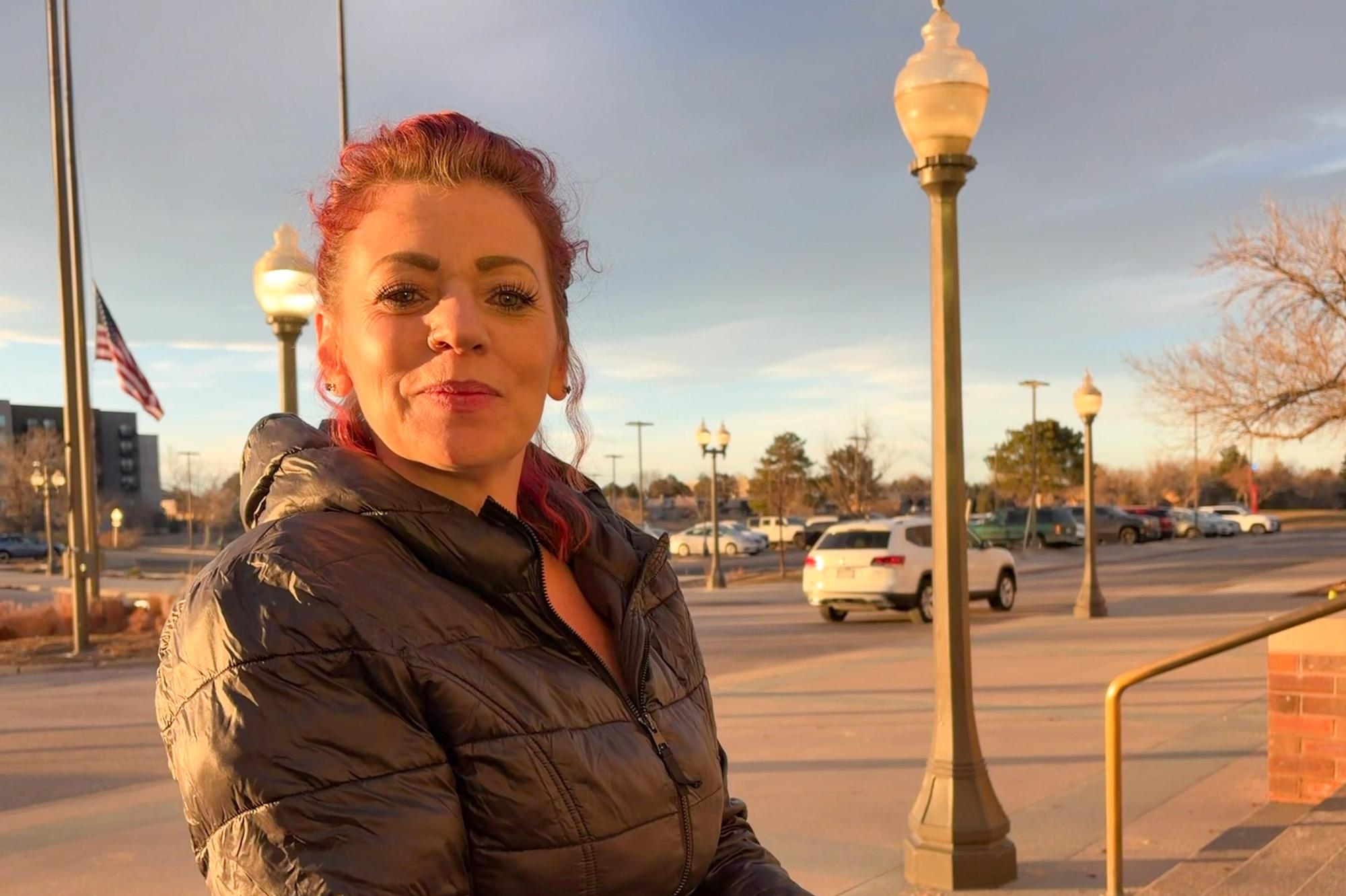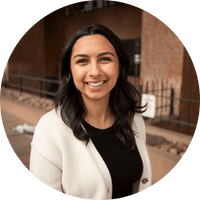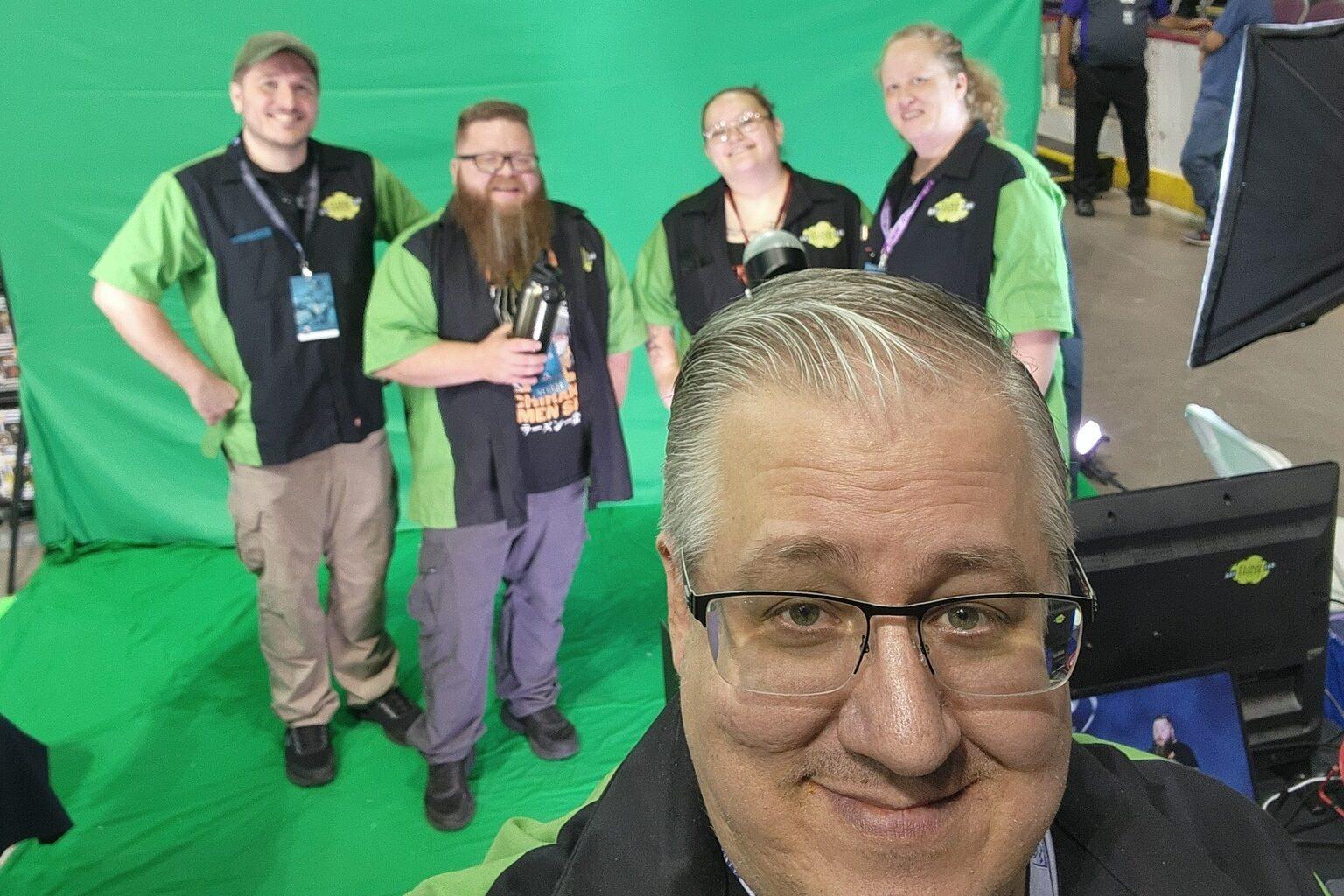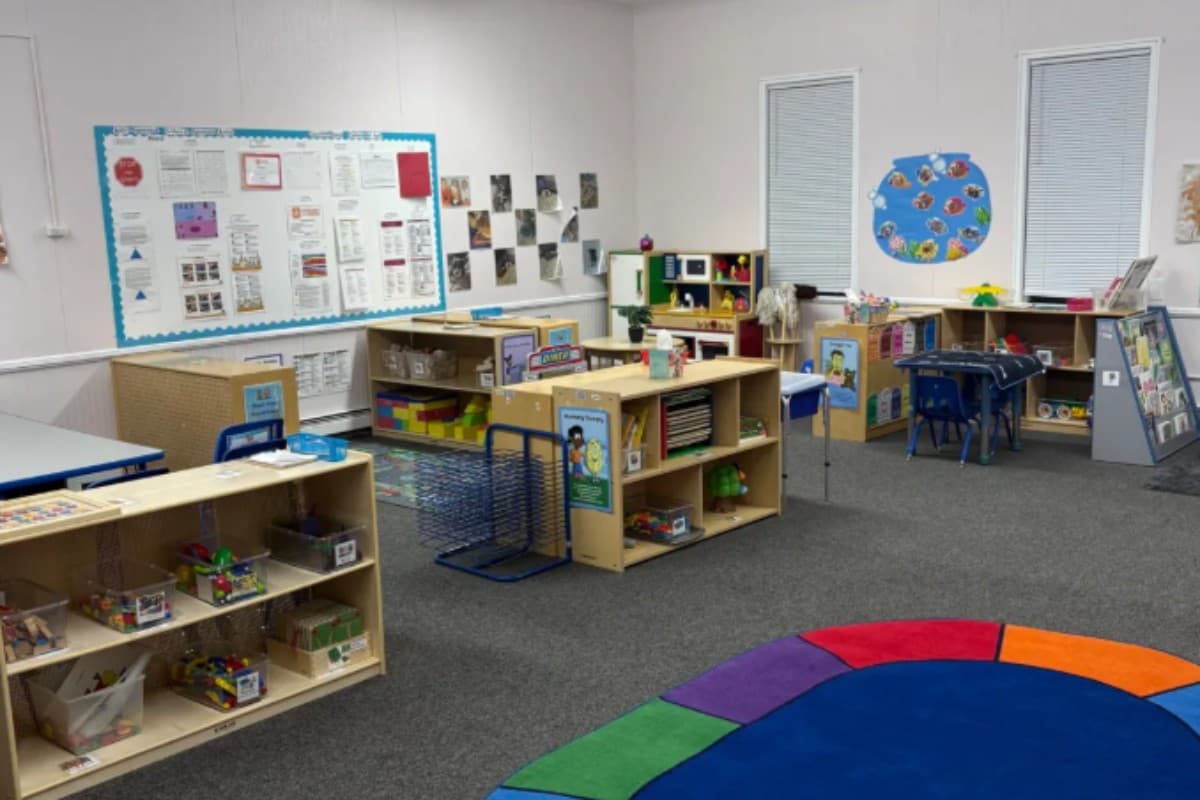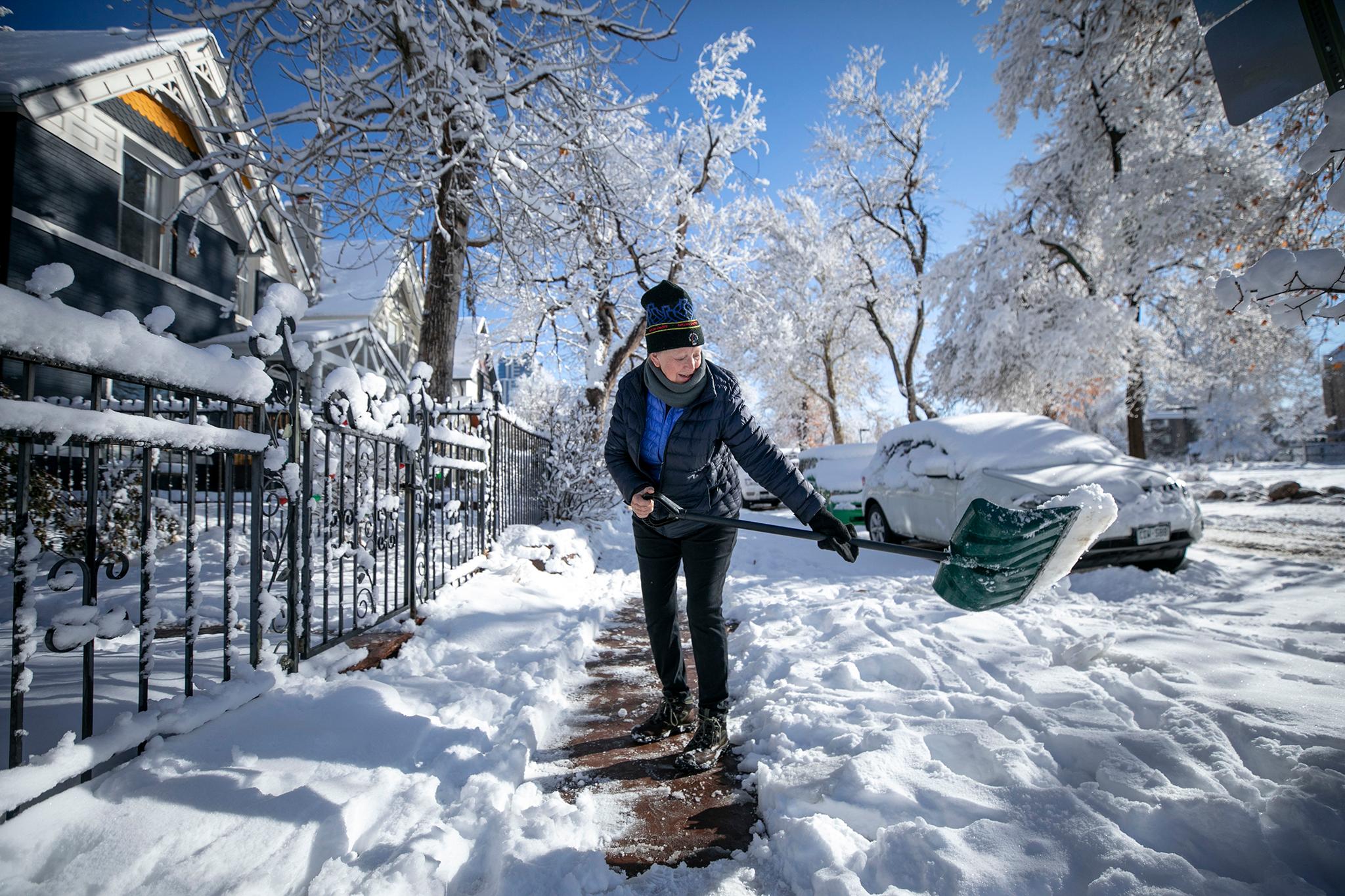News Feaure: Colorado Volunteers Abroad
KCFR health reporter Eric Whitney went to Pucusana, Peru with thevolunteer doctors of Denver-based Project Cure.
Colorado Volunteers Abroad, Part 1
Colorado Volunteers Abroad, Part 2
Reporter's Notebook: Pucusana
Most people in Pucusana live in very simple houses.
Thebarren hills outside Pucusana, Peru don't look their best at eight inthe morning. Especially under the steel wool, South Americanwinter sky in June. Between the early hour and the grim reality we'dexperienced the last several days, nobody was really talking much inthe van. We were on the way to set up a temporary clinic in what we were told wasthe poorest part of an already poor town.
See more photos of the Project Cure team.
Ontheir first day the volunteers with Denver-based Project Cure werechattering and full of energy, eager with anticipation to dive in tothe medical mission trip most had been planning for months. One of thelocal doctors gave us a tour of the town's tiny hospital. The Americanscuriously poked around, seeing howtheir Peruvian counterparts managed to do the work they love in such aresource-deprived setting. Pucusana sits right on the busy Pan Americanhighway, and most of the people here do hard, physical work fishing inthe sea from small boats. That means the hospital sees a lot ofaccident victims, broken bones and the like. The American doctors andnurses tried to imagine helping people like that in a hospital with noworking x-ray machine.
But that hospital was practically a palace compared to the clinic in an outlyingneighborhood where the American team would spend the next several days.That clinic consisted of eight cinder block rooms straddling acourtyard that would overflow with would-be patients, swarms of theirchildren, and not occasionally skinny village dogs slithering throughthe crowd with canine grins.
The most advanced diagnostic equipment available for monitoring pregnancies at the Benjamin Clinic in Pucusana.
EKG machine? Good thing the volunteers brought one withthem.The clinic also wasn't particularly clean, so the team got towork tidying up, engaging the local nurses who were glad to have thehelp. Before long, people started streaming in with their aches,pains and sniffling kids.
It didn't takeDr. Charlie Morris, a cardiologist from San Francisco long to diagnosePucusana's primary medical problem: "Chronic poverty."
Almost everyone they saw suffered from a poor diet. The vast majority of thewomen were anemic. They saw a lot of people with arthritisfrom overwork, and lots had trouble staying on top of their diabetes or chronicheart disease because they simply don't have the money toget regular medical care.
On the positive side, "no one here smokes,"Dr. Morris observed. Dr. Shane, the pediatrician on the team saidmost of the kids appeared generally healthy and robust despite a highincidence of intestinal infections from unsafe drinking water.
The rough morning came after a couple of days of getting used to working atthe very rudimentary clinic.
The team and I piled out of the van on acement basketball and soccer court surrounded by - well, dirt.
Site of the outdoor health fair where Project Cure's medical team assisted in Grana del Oro, Pucusana.
Despitebeing on the coast, Pucusana gets hardly any rain, and the rust-coloredhills and plains around the town make the Front Range seem lush bycomparison. Not even a blade of grass grows except in the skimpygardens people maintain around their very simple houses. And the housesin the neighborhood around the basketball court (optimistically named"Grana del Oro," Grain of Gold) were particularly simple. Most of themlacked electricity and running water, with several people living in onesmall room.
Being punctual, motivatedAmerican do-gooders, the Project Cure team showed up a few minutesearly. They understood the temporary clinic started at 8:30. They were supposed to be met by local doctors and nurses. Therewere supposed to be tents for them to work in. There was supposed to besomething, anything. But when they got there all they saw were about 20people already lined up for medical attention, looking hopeful.
Irecognized that this was going to be a test for the team. They'dalready come thousands of miles, been thrown together as strangers,working in an strange land where most of them didn't speak thelanguage. A few had been battling some particularly nasty "traveler'sdiarrhea," and now they were supposed to treat patients out in the openair without so much as a table and a chair. I'd only known these peoplefor a few days, but I would have been surprised if they had just gotback in the van and left, or simply sat there doing nothing.
Theydid what what I'd seen them do from the day they arrived. Lookedaround, assessed the situation, and then got promptly to work doingwhat they could to help.
People line up for free medical care in Grana del Oro
They told thepeople gathered for help that it would be nice to have at least acouple of chairs, or maybe a bed on which to examine patients. Soon,the furniture arrived from nearby houses. The nurses on the team got everybody lined up and started taking medicalhistories and heart rate and blood pressure readings with the toolsthey'd brought. There was a light drizzle.
Istepped back and marveled at the scene. At one end of the basketballcourt sat the van, it's sliding door open. Out of it had spilled nine Americans in turquoise scrubs and whitedoctor's coats, assembling whatcontainers full of drugs and tongue depressors and stethoscopes theyhad. Around them congregated a colorful assortment of some of theworld's most forgotten people. The volunteers looked each one in theeye and asked, what's your name? How old are you? How do you feel? Howcan we help you?
Two billion people around theworld, like these, live on less than two dollars a day. It's hard to know what to doabout that.
But Dr. Morris knew that this woman, in front of him now, needed a breast exam.So he got a couple of volunteers to hold up ablanket for privacy, and there, in the rain, on a cement slab in aneighborhood where most Americans would be afraid to walk, he did whathe could to heal her.
About 45 minutesafter we arrived, the local doctors and nurses arrived as promised. Igot the feeling they thought these people were crazy. That if theywould have just relaxed and hung out for a minute, they wouldn't haveto be there under the clouds seeing patients on borrowed furniture. ThePeruvians got right to work. Steel poles clanged, canvas rippled andwithin minutes a dozen tents were up and patients were efficientlybeing shuttled to doctors, people were getting prescriptions filled,babies were getting poked with needles and crying. Within a few hourseveryone in the poor neighborhood who wanted to see a doctor that daywas able to do so.
Once the Peruvian government's tents arrive, things went much more smoothly.
Fast forward to the mylast day with the Project Cure volunteers. I'm asking each of them,like reporters do, what was the best part of the trip? Several say,that day on the cement slab, which looked so bad at the beginning,turned in to what what they're most proud of.
It'snot hard to portray these people as heroes. They spent their own moneyand their own vacation time not to lounge on a beach somewhere, but tohelp the poor and the sick. All of them would tell you it was one ofthe most fulfilling experiences they've ever had, and they'd tell youthey don't feel like heroes.
Dr. Charlie Morris, L, and Dr. Jim Shane.
Dr. Shane, the 71-year-old retiredpediatrician who helped start the clinic at the Denver Rescue Missionand who is a committed Christian, is very matter of fact about thework. I kept probing him with questions about why he's done severaltrips like this, and he very patiently explained, several times, thebasic concept: Jesus said help the poor. These people are poor, I canhelp, so here I am.
For Dr. Morris, it's about being true to hiscalling as a physician. "It's the same as when they asked Jesse Jameswhy he robbed banks," he joked, "because that's where the money is."Doctors are supposed to help the sick, these people are sick and don'thave enough doctors, so here he is. Simple.
It'salso pretty easy to criticize trips like this as mere salve for theguilt of rich Americans. Parachute in, hand out some drugs and bandaids and then jet back to our big fancy houses in the States. Not the case here.
Several members of the medical team are hoping to return next year,and Dr. Morris and his 17-year-old son, who accompanied him on thetrip, are already raising money to expand their reach in the poorneighborhoods when they come back.
And, Pucusana has another champion in Denver who sees his commitment as "multigenerational."
AlWallace is an energetic 50-year-old who stumbled across Pucusana on theinternet. He's now been there twice. Last time he and other volunteershe recruited built a second story on the localmedical clinic. He also footed the bill for Project Cure's siteassessment. The Marine Corps logistics officer who led the team ofdoctors and nurses for the charity connected to them through Wallace,and he's trying to raise funds to send a tractor trailer-sized load ofmedical supplies to Pucusana as well (that'sProject Cure's primary mission). Read more.
